Exercise tests response to railway disaster
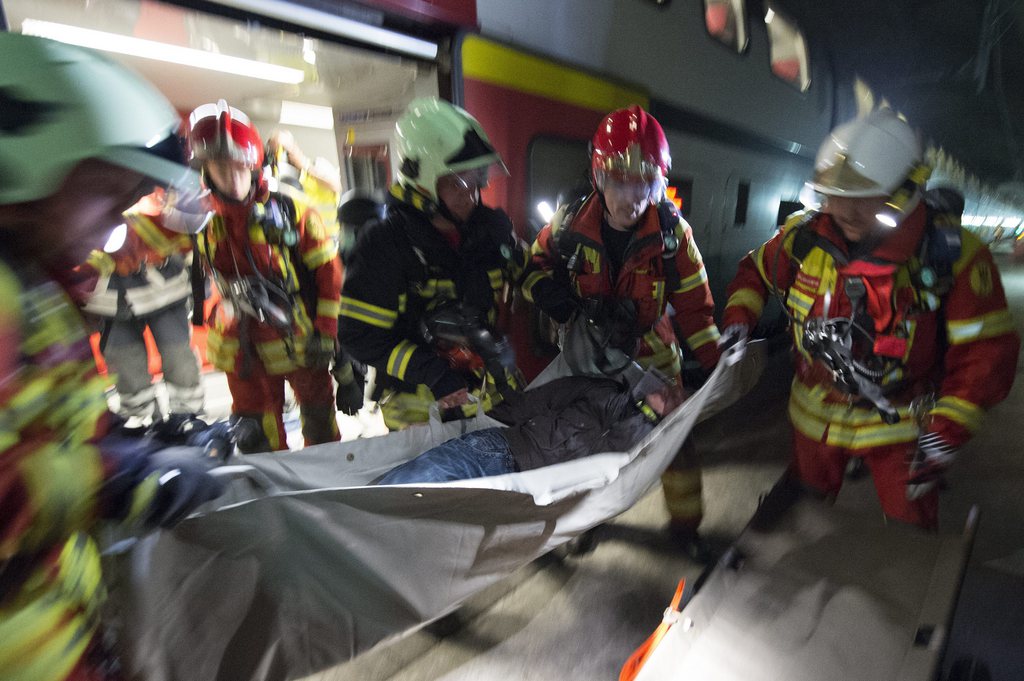
What happens when a freight train leaking ammonia gas blocks a double-decker passenger train in a tunnel? That scenario was reenacted on Saturday by 930 “extras” and 400 police, ambulance and fire personnel in the Lötschberg tunnel by Frutigen.
Families, foreigners, elderly and handicapped people were among the volunteers chosen to play assigned roles in the scenario – ranging from injured to traumatised to lost in the tunnel.
The exercise was designed to test the ability of rescue personnel to evacuate the passengers from the tunnel within 145 minutes of the accident. Working in 28-degree heat in full gear, the rescuers had to bring the passengers 13 kilometres to safety outside the tunnel, where the travelers were evaluated and triaged by medical personnel. The “injured” were taken to hospitals; the “uninjured” were cared for in nearby halls.
“We’re very pleased and did not identify any fundamental deficiencies,” said Peter Luginbühl, who oversaw the exercise for the railway firm BLS.
The Lötschberg base tunnel opened in 2007, and at 34.6 km is currently the longest tunnel through the Alps and a key north-south transit route. A major preparedness exercise is required once every six years on the stretch of railway running between between Bern and the Valais.

In compliance with the JTI standards
More: SWI swissinfo.ch certified by the Journalism Trust Initiative
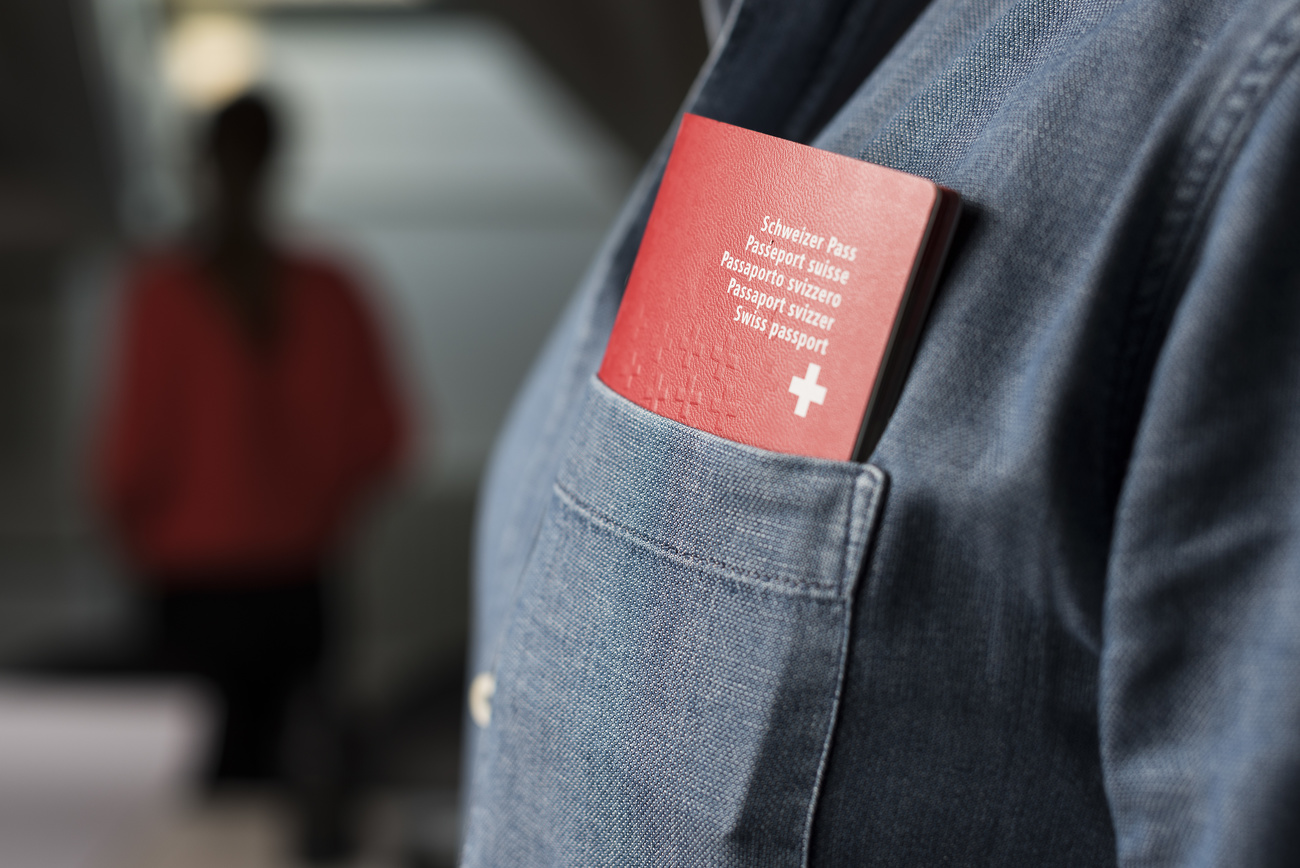
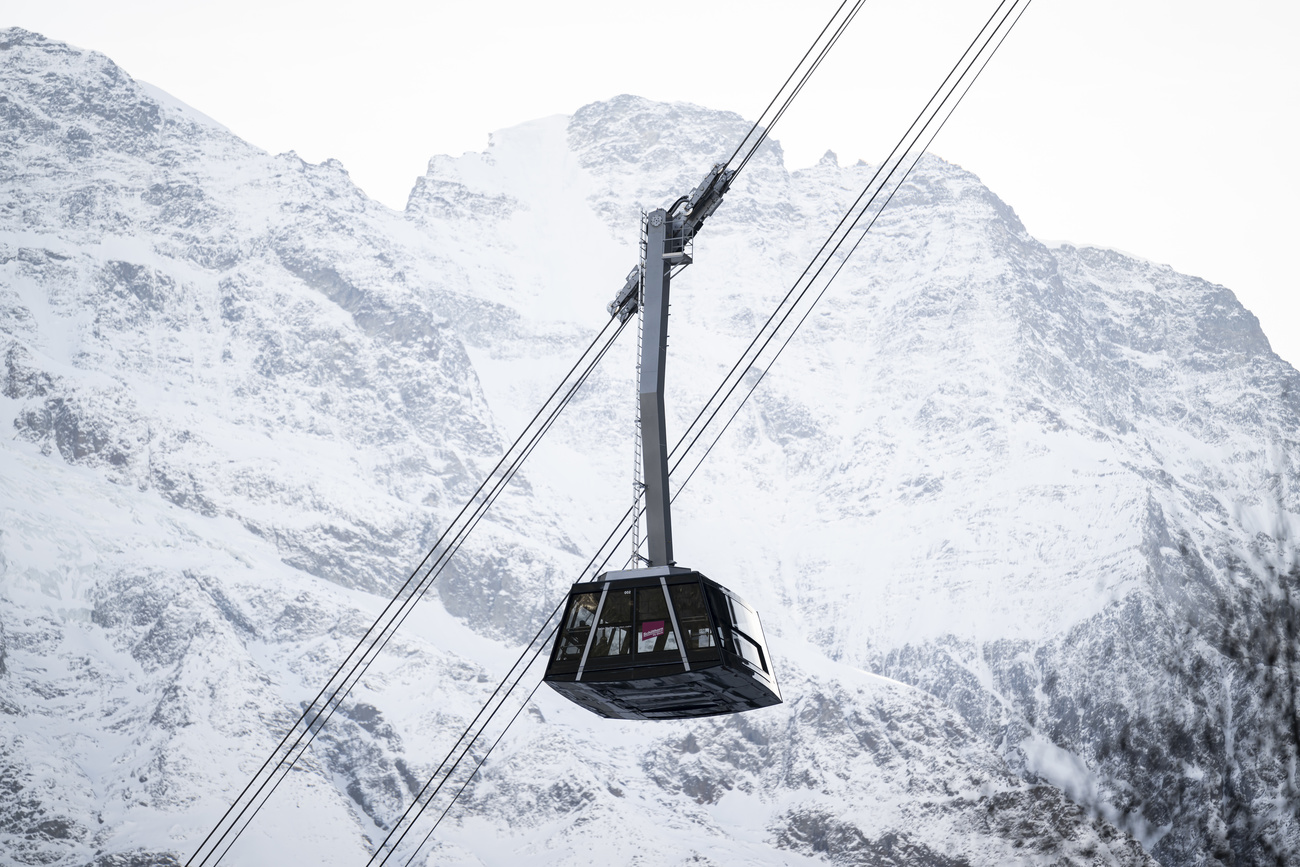

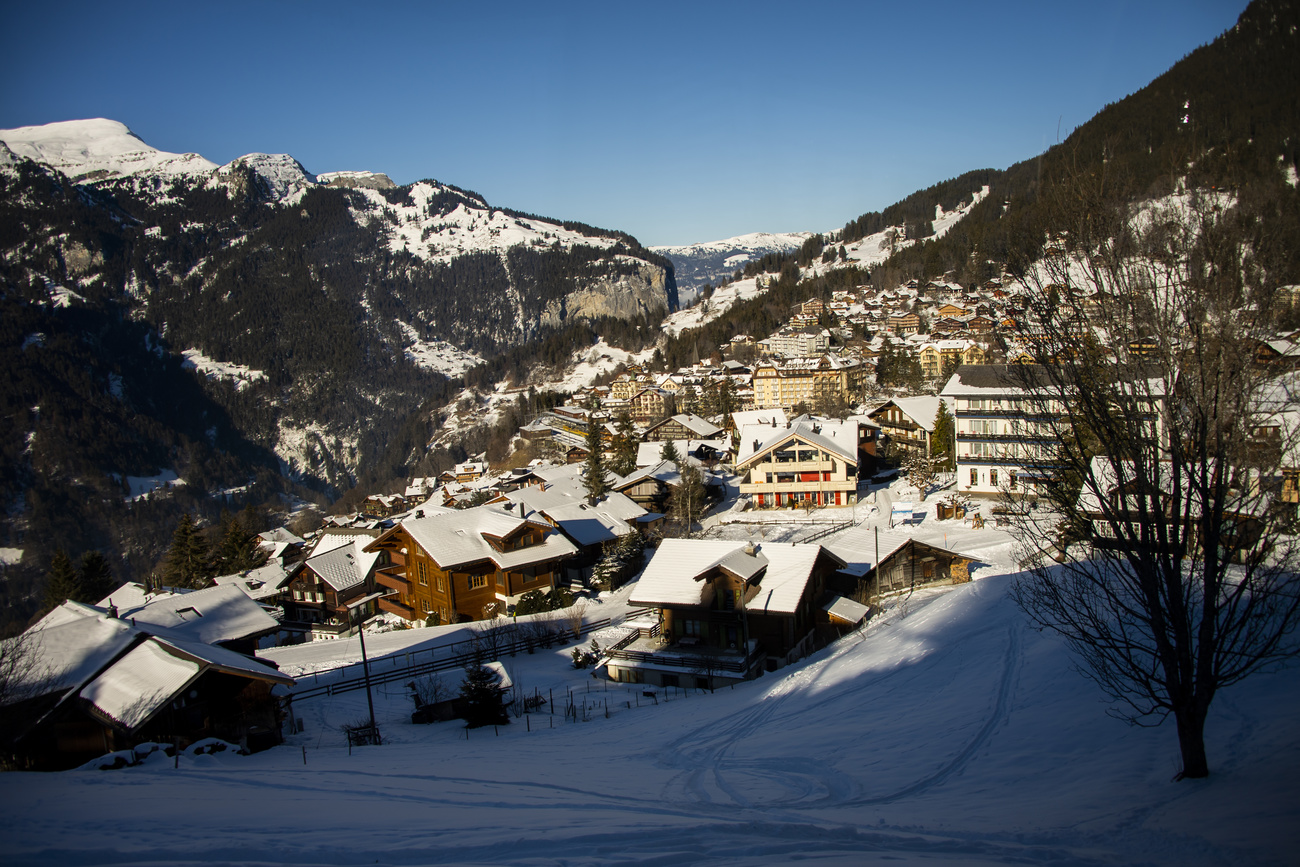
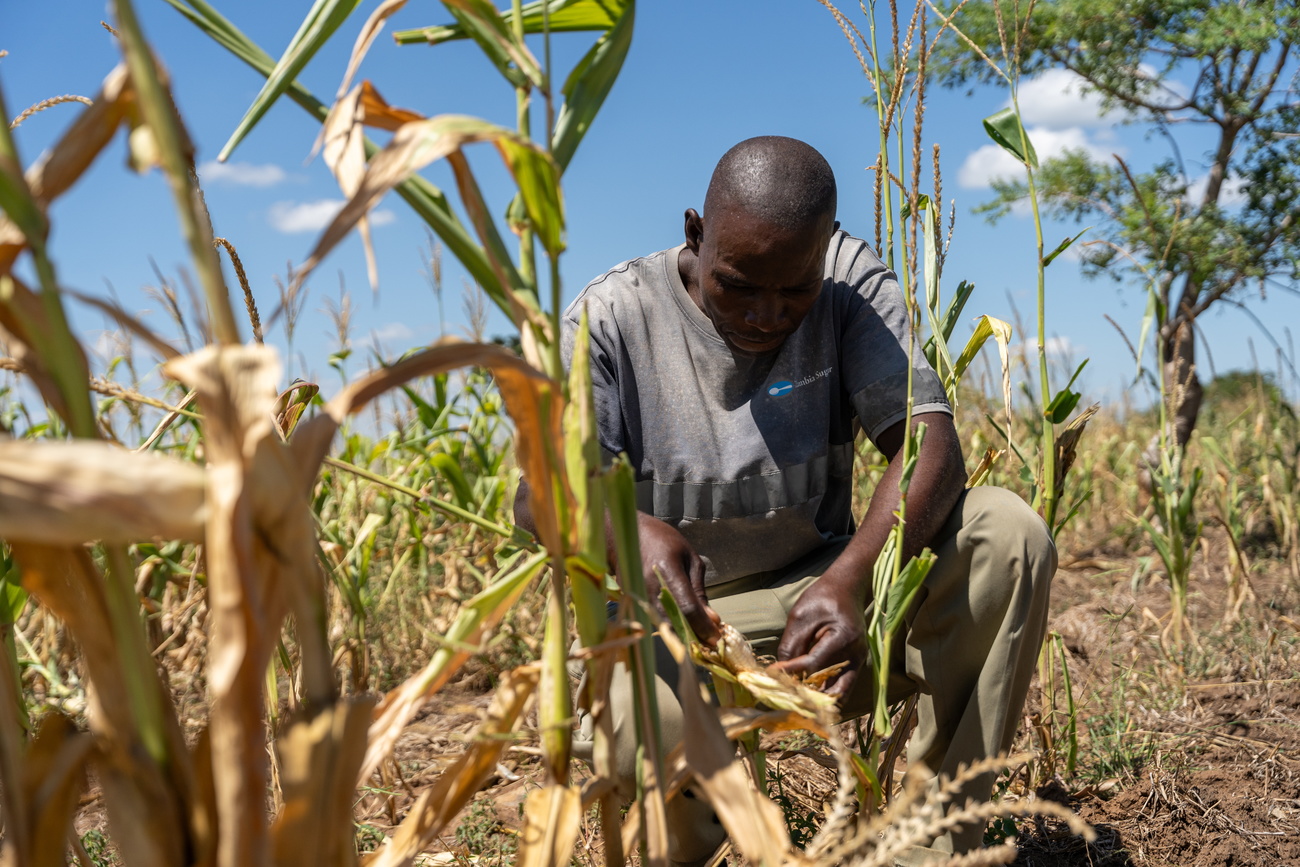



You can find an overview of ongoing debates with our journalists here . Please join us!
If you want to start a conversation about a topic raised in this article or want to report factual errors, email us at english@swissinfo.ch.